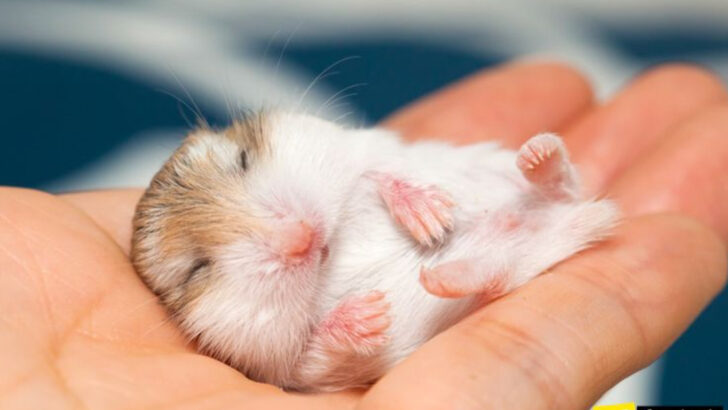Hamsters, with their small size and adorable nature, make fantastic pets for both children and adults.
However, to ensure they thrive, it’s important to understand their specific needs and behaviors.
This guide offers 14 essential tips that every new hamster owner should know, from providing the right habitat to understanding their dietary requirements.
By following these guidelines, you can create a safe and enriching environment for your furry friend, ensuring they live a happy and healthy life.
Choose the Right Cage
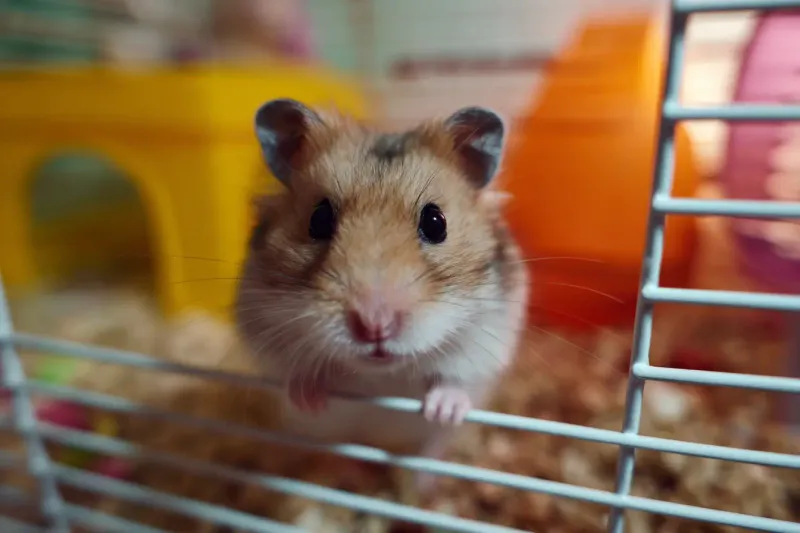
Selecting the perfect home for your hamster is the first step towards ensuring its well-being. A cage that offers ample space, with multiple levels and tunnels, provides both exercise and exploration opportunities. Place the cage in a quiet area, away from direct sunlight and drafts.
A well-ventilated cage with bars is ideal, allowing for air circulation and interaction. Ensure the spacing between bars is small enough to prevent escape.
Consider adding a solid floor base to protect your hamster’s tiny feet. Remember, a happy hamster needs a comfortable and stimulating environment.
Provide Nutritious Diet
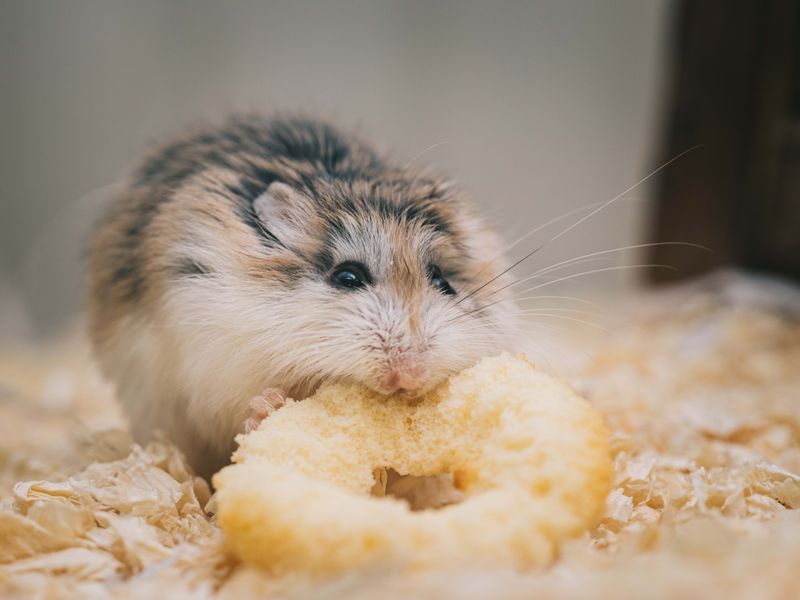
A balanced diet is crucial for your hamster’s health. Offer a variety of seeds, grains, and specially formulated pellets. Fresh vegetables like carrots and broccoli should be included.
Avoid sugary treats and store-bought mixes with artificial additives. Always have fresh, clean water available.
Consider the nutritional needs specific to your hamster’s species. By ensuring a diverse diet, you promote longevity and vitality.
Regular Habitat Cleaning
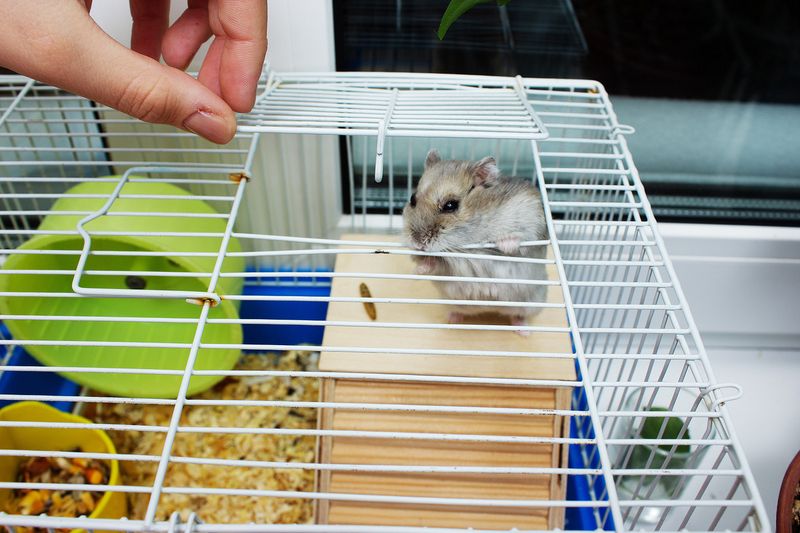
Keeping your hamster’s habitat clean is vital for preventing odors and ensuring overall health. Spot clean daily by removing soiled bedding and leftover food.
Perform a thorough cleaning weekly, replacing all bedding and sanitizing the cage. Use mild, pet-safe detergents.
Make it a routine to inspect toys and accessories for wear. A clean environment reduces stress and promotes happiness.
Understand Hamster Behavior
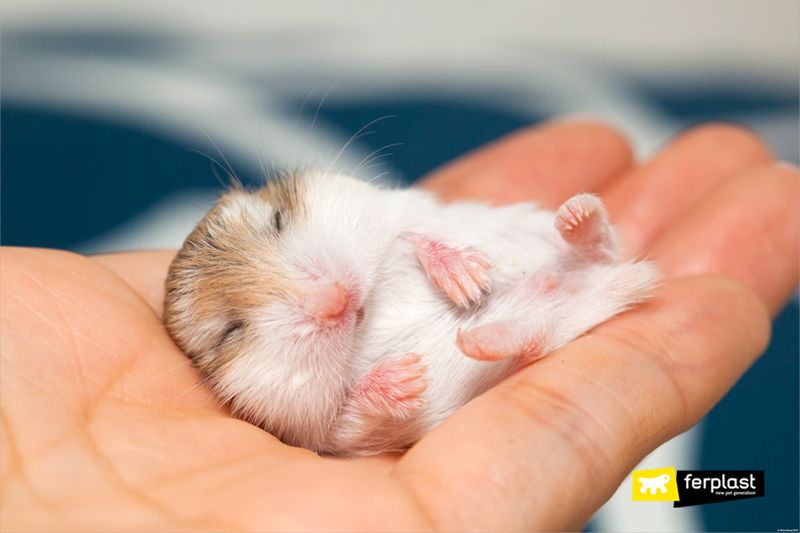
Hamsters have unique personalities and observing their behavior can be rewarding. Learn to recognize signs of contentment, such as grooming and stretching.
Be aware of their nocturnal nature, active mostly during the night. Provide toys for mental stimulation and exercise.
Understanding body language helps in building a strong bond. Tail flicking can indicate irritation, while a relaxed demeanor shows trust.
Safe Interaction Tips
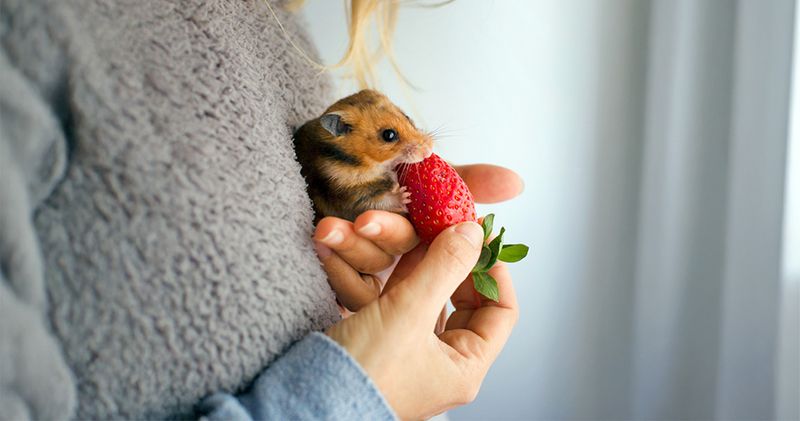
Building a bond with your hamster requires patience and gentle handling. Begin by allowing it to sniff your hand, gaining familiarity with your scent.
Avoid sudden movements that might frighten your pet. Always approach from the side, never from above.
Respect your hamster’s space during the day, as they are nocturnal. Positive interactions foster trust and companionship.
Create an Enriching Environment
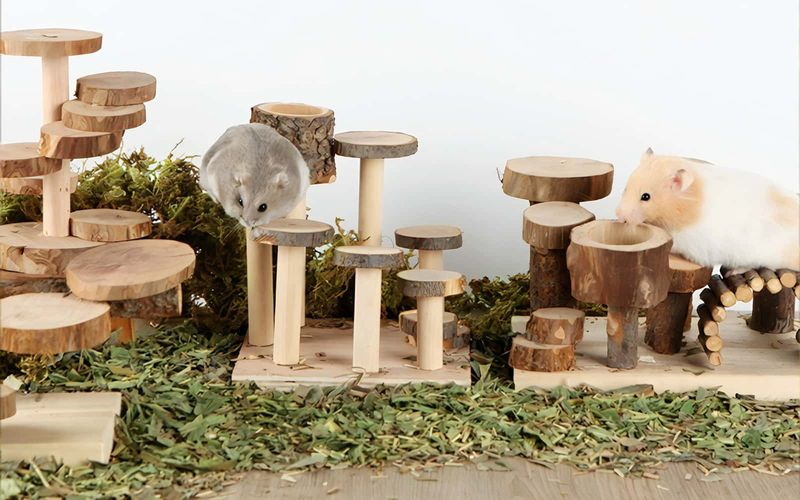
Enrichment is key to a hamster’s happiness. Provide a range of toys, including tunnels and wheels, to encourage natural behaviors like burrowing and running.
Rotate toys regularly to keep your pet engaged. Use natural materials like wood for chewing, supporting dental health.
An enriched environment prevents boredom and mimics their wild habitat, fostering natural instincts.
Temperature and Humidity Considerations
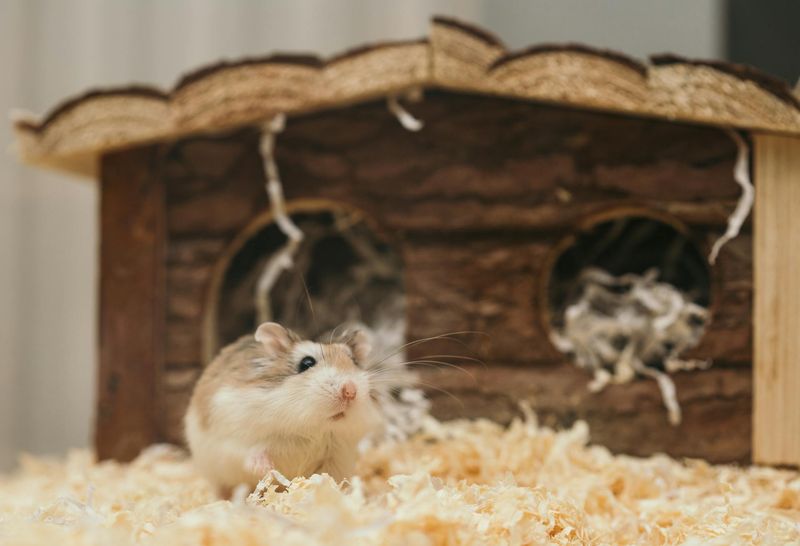
Maintaining the right temperature and humidity is vital for your hamster’s comfort. Keep the habitat at 65-75°F, avoiding extreme fluctuations.
A hygrometer ensures humidity stays between 40-60%. High humidity can lead to respiratory issues.
Situate the cage away from direct sunlight and drafts to maintain stable conditions. Comfort ensures a healthy life.
Understand Hamster Health Signs
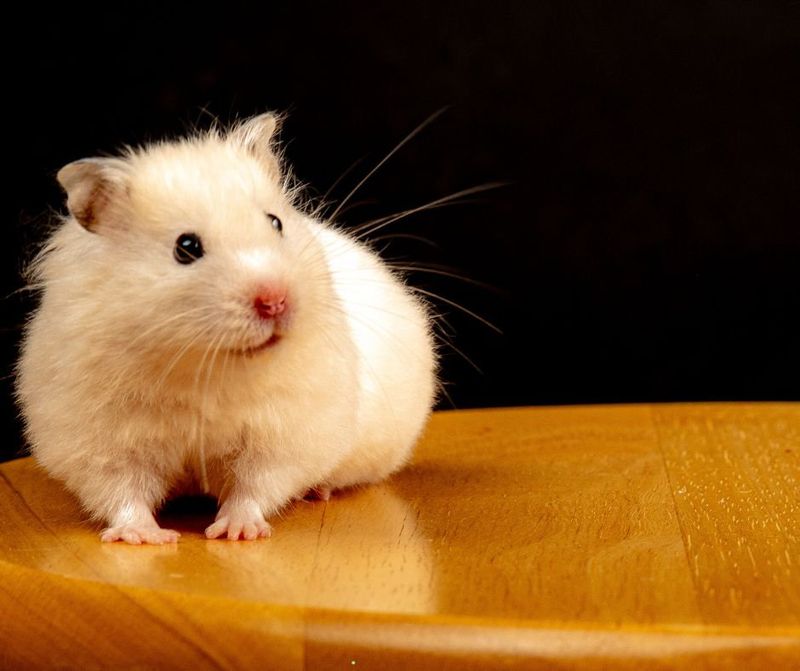
Recognizing signs of good health in your hamster is crucial. Look for bright eyes, a glossy coat, and active behavior.
Be alert for symptoms like lethargy, dull fur, or respiratory issues, which warrant a vet visit.
Regular health checks allow early detection of problems, ensuring timely treatment and care.
Bond Through Playtime

Playtime outside the cage strengthens the bond with your hamster. Set up a safe playpen with toys and obstacles for exploration.
Supervise sessions to prevent escape and ensure safety. Playtime promotes physical health and emotional connection.
Introduce new stimuli gradually to avoid overwhelming your pet. Bonding through play fosters trust and happiness.
Provide Chewing Materials
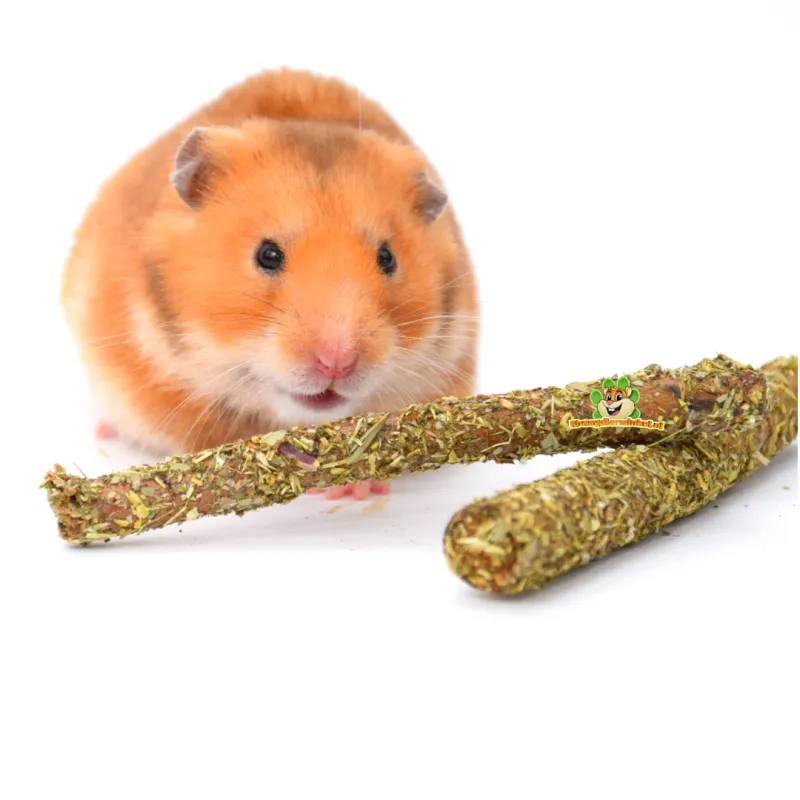
Hamsters’ teeth grow continuously, requiring regular chewing to prevent overgrowth. Offer wooden chew toys and untreated twigs.
Avoid plastic items that might splinter or be harmful if ingested. Chewing supports dental health and alleviates boredom.
Monitor chewing habits to ensure toys are being used. Chewing materials are essential to a hamster’s wellbeing.
Regular Veterinary Check-ups

Routine veterinary check-ups are vital for early detection of health issues. Select a vet experienced with small animals.
Annual visits, even when healthy, help monitor weight and general condition. Immediate visits are necessary if any health concerns arise.
Regular vet care ensures a longevity and a happy life for your pet hamster.
Understanding Nocturnal Nature
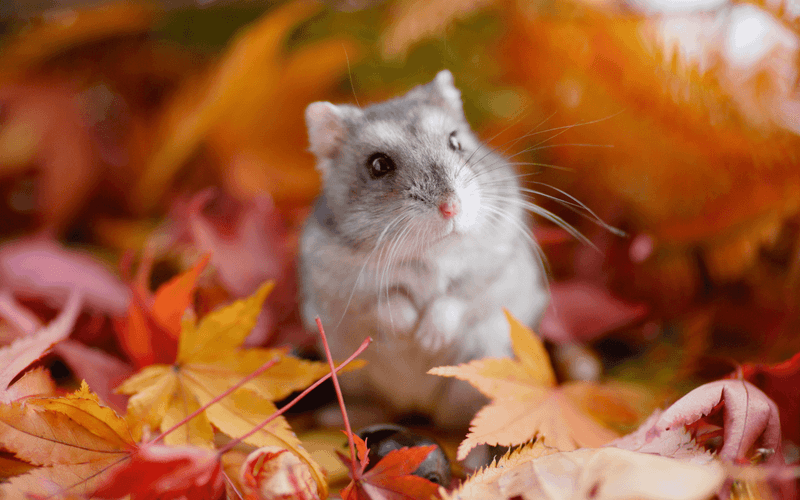
Hamsters are naturally nocturnal, active at night when the world is quiet. Accommodate this by placing the cage in a peaceful area.
Avoid disturbing them during their daytime sleep. Provide nighttime enrichment, like wheels and tunnels.
Understanding their schedule helps you sync playtime and handling to their natural activity patterns.
Proper Bedding Selection
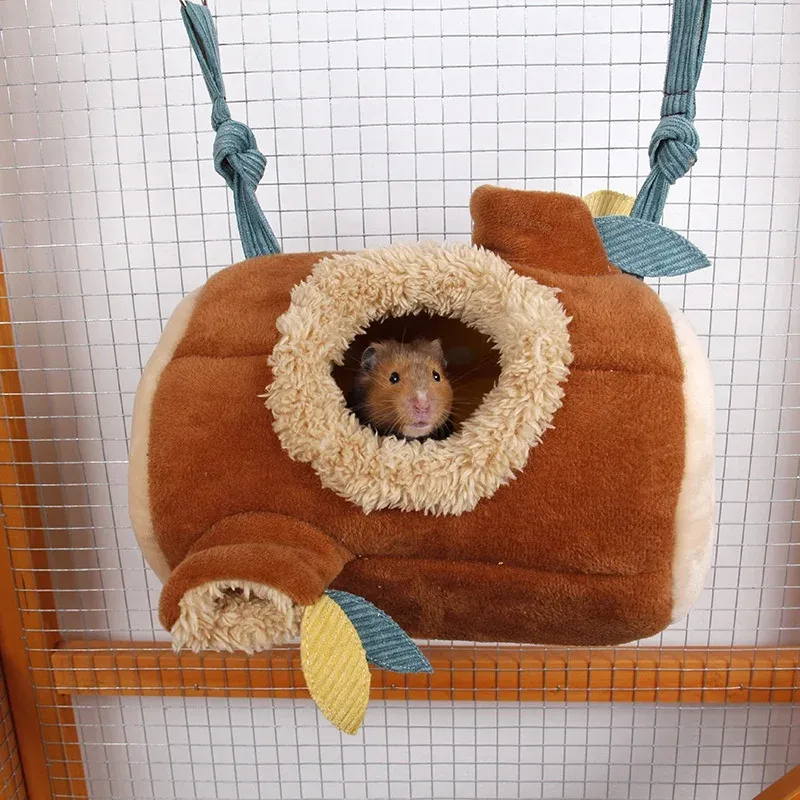
Bedding choice impacts your hamster’s comfort and health. Opt for paper-based or aspen shavings, avoiding cedar or pine.
Bedding should be soft, absorbent, and dust-free to reduce respiratory risks. Change regularly to maintain freshness.
Proper bedding provides warmth, comfort, and encourages natural burrowing behavior.
Introduce New Hamsters Carefully

Introducing a new hamster requires careful planning. Use separate cages initially, allowing them to meet through bars to prevent aggression.
Gradually increase interaction time, supervised to ensure safety. Observe for signs of stress or hostility.
Patience is key, as hamsters are territorial. Proper introduction promotes harmonious cohabitation or peaceful separation if needed.

